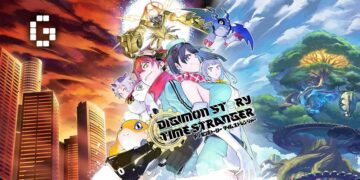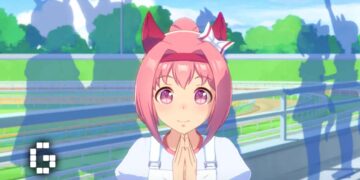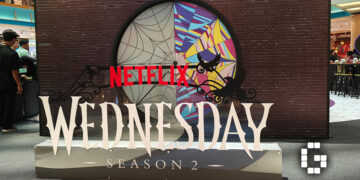One of the hands-down coolest fighting games on the scene, Guilty Gear Strive continues the Guilty Gear series’ philosophical question of “what if fighting games were injected with rock n roll?” and continues to answer said question with a resounding “yes”.
3D visuals, an album-worthy soundtrack and intense combat, Guilty Gear Strive very much carries with it the blood of this iconic fighting game series. That being said, it also brings with it lots of changes, and depending on your expectations these might make or break the game for you. Read on to finally find out, after all these years, the smell of the game.
Also Available In Video Form
New Strive Recipe, Same Guilty Gear Flavor

Guilty Gear Strive is Arc System Works’ attempt at getting new players into the Guilty Gear series without compromising too much of what makes Guilty Gear, well, Guilty Gear. The result is a game with many streamlined systems that might feel underwhelming to players who might have just played Accent Core +R or the Xrd series, but put it next to any other fighting game and it’ll probably look like a coked-out spectacle.
Strive puts way more of an emphasis on counter-hitting than its predecessors, down to the laughably large “COUNTER” that you get for it. It also boasts shorter combos, and an overall higher damage. While some lament the shorter combos I actually don’t mind it- what you do in these combos is still technically impressive, and they still look cool as ever such as with the use of Guilty Gear’s signature mechanic, the Roman Cancel, to chain together even longer moves.
Roman Cancel Culture
The Roman Cancel itself has been tweaked, now streamlined to cost 50 meter no matter what you use if for. On top of that it also counts as an attack now, as it emits a bubble that causes slowdown on hit that can be blocked. Meanwhile aside from that it’s got it’s different flavors, dependent on when you activate it.
There’s also the two new features of the Roman Cancel, the Drift Roman Cancel which allows you to preserve momentum or drop to the ground way faster, as well as the Fast Roman Cancel which eschews the slowdown in favor of letting you cancel into special moves.

And that’s a great example of how Strive is still very much Guilty Gear- you’ll need to be strict to use the right flavor of Roman Cancel for your optimal combo. but a new player can hit it from neutral and see a decent result in slowing down their opponent.
There’s also the new wall break mechanic, which lets new players get out of the corner by being forcefully beaten and shoved through it. It helps reset the combo back to neutral, giving you another chance to win the rock-paper-scissors at the core of all fighting games, but at the cost of taking big damage, as well as your opponent having increased meter gain.
I feel like the wall break has been balanced really well, because you have no reason to not break the wall, meaning defending players always have a chance to get their turn back. The increased ability to reset to neutral never comes without a price, making it feel less like they’re slowing down Guilty Gear and more like they’re giving you more windows so that everyone can enjoy hitting buttons.
Gatling Into My Heart
One change to Strive that’s been in contention is what they’ve done to the Gatling system. Aside from its ridiculously cool name, Gatling was a system to chain all your normals into each other, usually along the hierarchy of Punch to Kick to Slash to Heavy Slash before closing off with Dust. The system works well in +R and Xrd, giving players a lot of freedom to build their own combos.
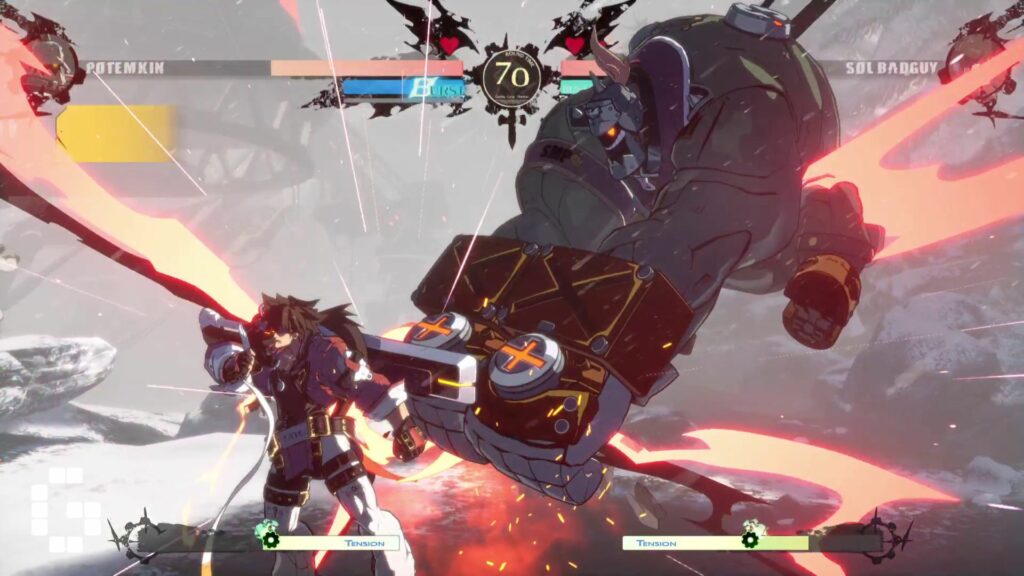
Strive has reworked the Gatling system to be less open, although as a result buttons also feel way more purposeful. For example your jab can no longer gatling into the rest of the chain, making it entirely for the purposes of challenging and punishing unsafe moves. However it can gatling into the slow Dust attack, meaning that you’ll be able to do powerful punishes as well as follow-up with supers if you really catch your opponent off guard and want to capitalize.
While less options to work with sounds bad on paper, at the end of the day the combo system still feels way more free than you’d otherwise think. The way I think about it, it feels like buttons have way more purpose more aside from just being a sliding scale of speed and power- jabs are explicitly for punishing unsafe moves now, and dust attacks are meant for capitalizing hits or predicting low blocks.
While more season players would respond to that take with a “well, duh”, I think strictly making them as such is a great tool for new players to get in- and that seems to very much be Strive’s mission statement.
Is Guilty Gear Strive Good for Beginners?
Short answer, yes. Aside from the gameplay changes explained earlier, Strive also comes with a great new tutorial, with missions covering everything from the basics of the game like airdashing, to character specific matchups like punishing Leo’s rushdown.

These tutorials are pretty strict too, drilling you to do them at least 3 out of 5 times in a set. Regardless of your skill level, it’s definitely a great resource to check out for getting better, since the tutorials cover almost every aspect of the game I can think of.
The one I really appreciate was the three separate tutorials for the different flavors of Roman Cancel, not only telling you what triggers them, but also teaching you what you should do after successfully pulling these off. Seriously, it’s a great resource and it’s obvious how much Arc System Works really wants new players to try out the game with such an accommodating tutorial.
Here Comes A New Daredevil
One of Guilty Gear’s biggest strengths has always been its incredibly diverse roster. Guilty Gear’s entire cast of characters all play incredibly distinct from each other, never once feeling like a character is some lesser version of another, or just with different sliders pushed around.
Strive’s roster selection is actually really good, featuring all-time classics like the gold-standard Grappler Potemkin, offensive setup queen Millia as well as some really bold picks like Xrd newcomer Ramlethal Valentine and counter-master Anji Mito. Each character feels different to the last, and you’ll need to know a little bit about the ins and outs of every character if you want to stand a chance against them.

This might frustrate some new players, though it’s definitely one of those red flags that makes you wonder why you’re playing a fighting game at all if you refuse to learn the match-up. Characters like Zato can seem extremely unfair if you don’t know how they work- he’s seemingly just two characters in one, with a lot of potential to keep you on the back foot with a barrage of attacks.
Even if it involves paying a lot of losses up front, the experience is incredibly rewarding- even if you’re a player who only sticks to one character, you’ll learn little bits of character-specific matchups to know how to best execute your gameplan. Or at the very least, how to stop your opponent’s.

Strive also brings two new characters into the Guilty Gear universe, the vampire samurai Nagoriyuki and Giovanna. Nagoriyuki is a brilliant concept for a character, building on Hakumen from Blazblue- he can cancel special moves into each other, but rather than paying for it in Tension a la Hakumen, he fills a blood gauge. Once it’s full he enters an install called Blood Rage, which while it gives him more power, also drains his health.
It’s a really cool concept, and fits with the fact he’s one of the slowest characters in the game. The only downside is that as of the game’s second beta it almost feels like they’ve overbalanced him, and getting into blood rage is way too easy.
On the other hand you have new character Giovanna, who is way more beginner-friendly. She sports a wide array of tools to make hitting buttons fun, and she can lock down an enemy once you fully learn her kit. Unlike Nagoriyuki she doesn’t really have a gimmick outside of gaining more damage if she doesn’t spend meter, but considering how much Guilty Gear wants you to spend it it almost seems counterproductive to do it that way.
Working Netcode
While the review copy didn’t have its online enabled, my own religious participation in the game’s open betas puts me in a position to tell you that Guilty Gear’s netcode actually works. Using the gaining-momentum Rollback Netcode, you can basically connect with players all over the world, with minimal connection issues.

This sounds like snobbery at work but trust me, it matters. During the open betas I was hopping over between the Japan and US servers, and matches were playing smooth with no interruptions. As someone who frequents the Xrd lobbies which don’t use rollback, I would get slowdowns just for playing someone in the SEA region.
On top of that the game’s ranking system sorts you into floors based on your skill, but also lets you punch above your weight class by hopping into higher floors if you’re willing to shoulder the risk. The result is that as long as you stay on your floor, you’re always confirmed to get matches of your skill level, and thanks to the netcode your actual skill level is better reflected. There’s not much else to say, it’s just satisfying to have a fighting game actually work for once with regards to its online.
Different Modes

Of course, if you’re not up for going online and fighting to be in some streamer’s highlight collection, it’s not like there’s nothing to do either. Guilty Gear Strive has a new Arcade Mode, with the quirky new feature of having a second character tag in and assist you in the fight. It’s gimmicky, sure , but I feel like it’s an experience you can’t get outside of this arcade mode, which makes it worth checking out at least once if you’re up for something new.
There’s also the game’s survival mode, where you fight off enemy after enemy without gaining health between rounds. This feels like the best way to flex, comparing your record with your friends. Honestly this seems like a great time killer mode, since you can just style on enemies without having to care too much about anything else.
Of course, Guilty Gear’s story mode is also included, providing a gameplay-free experience as you engage with the latest chapter in the story of Sol Badguy, the Guilty Gear. The cutscenes naturally look gorgeous, and the story’s really interesting for those who’ve been following up to this point.
SLASH!

Guilty Gear Strive really is one of my most anticipated game releases this year, and I can tell you with full honesty just how much I enjoyed it. It’s fresh blood injected into the series, bringing accessibility and a great platform for people to get into fighting games with its intuitive tutorials as well as its burst of style.
While some veterans might poo-poo the thought of a slightly slower Guilty Gear, it’s not like the series itself is dead- it’s very much still the intense and aggressive game we all remember, just dialed back a notch for newer audiences to get on.
While I’m not good enough to personally vouch for it it definitely seems like there’s far more for fans to discover in the game, and I look forward to what kind of disgustingly brilliant plays we can see pro players come up with when the game shows up at EVO later this year.
Still, even skill ceiling aside, this is gonna be a great game to just put on with your friends, especially if they wanna get into fighting games. Technical and fun, this game smells good.
Game reviewed on PS5. Review copy provided by Bandai Namco Entertainment SEA, the game’s regional distributor. The build of the game during its review period was also following the first Open Beta, so comments about balance may not reflect the retail build
Join Us!
We are recruiting! If you want to break into the gaming media industry, don't miss out on the golden opportunity. Find out more: Malaysia. Overseas.Featured Video
The Review
PROS
- Reliable Netcode
- Amazing combat
- Really good jumping on point for new players
CONS
- If you followed the Beta, some characters were balanced weird.

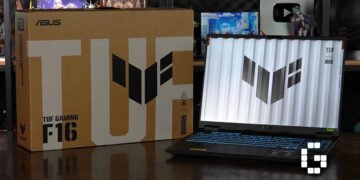




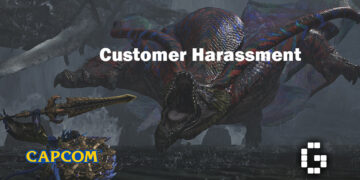

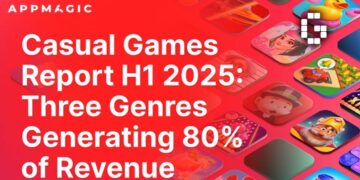
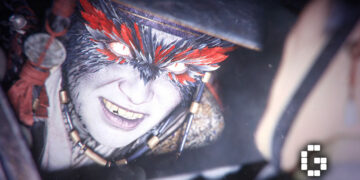

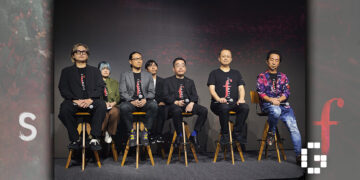

![[EXCLUSIVE] Creative Masterminds from Gearbox Software Reveal What Makes Borderlands 4 Worth the Wait](https://cdn.gamerbraves.com/2025/07/Borderlands-4-at-Bilibili-World-2025_Interview_FI-360x180.jpg)


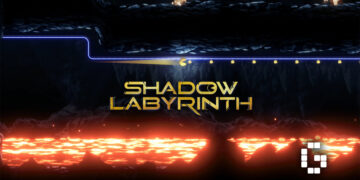

![[ASIA EXCLUSIVE] Bringing Back a Classic: Inside the Making of FINAL FANTASY TACTICS – The Ivalice Chronicles](https://cdn.gamerbraves.com/2025/06/FFT-Ivalice-Chronicles_Interview_FI2-360x180.jpg)

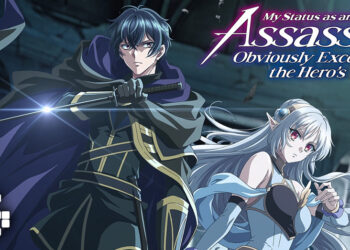
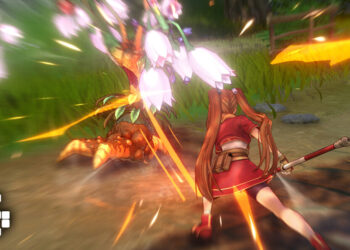
![[EXCLUSIVE] Honor of Kings Goes Global: Interview with James Yang on International Esports Expansion](https://cdn.gamerbraves.com/2025/08/James-Yang-Exclusive_Interview_FI-350x250.jpg)

